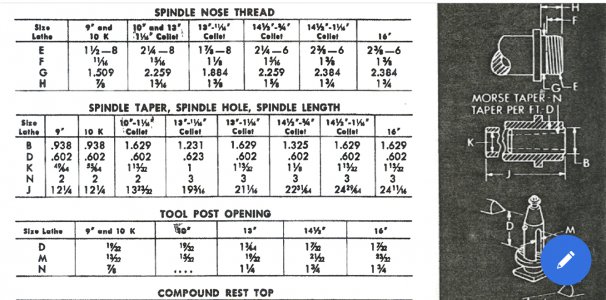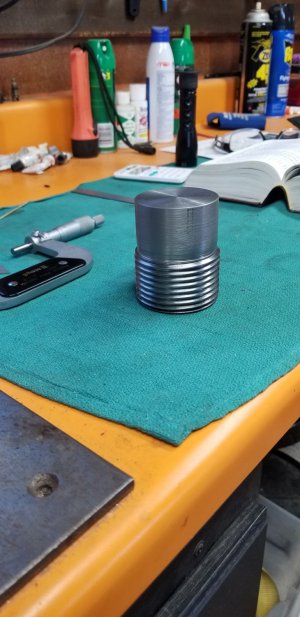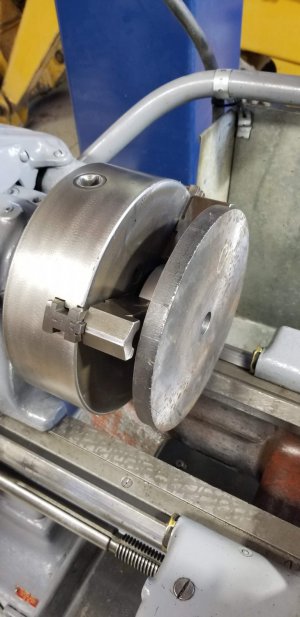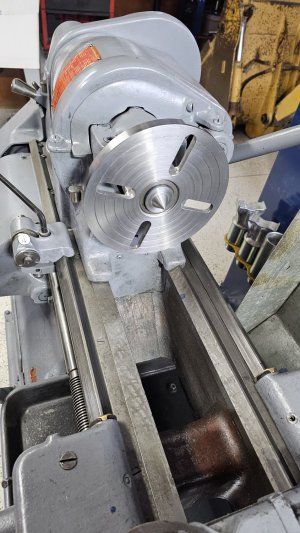If you are going to machine a sleeve, you’ll need this info:

The reference surface on the screw-on faceplate (and on chuck adapters) is where the adapter seats closest to the headstock bearing. Also, make sure to bore the G diameter closely—that close fit prevents runout from thread clearance.
The face side of the plate should fit UNDER the flange on the sleeve, so that unscrewing the plate removes the sleeve. That may mean making a sleeve with a face flange that will provide room for your plates, or machining a step in the faceplate to accommodate the sleeve flange.
Rick “contemplating the same project” Denney

The reference surface on the screw-on faceplate (and on chuck adapters) is where the adapter seats closest to the headstock bearing. Also, make sure to bore the G diameter closely—that close fit prevents runout from thread clearance.
The face side of the plate should fit UNDER the flange on the sleeve, so that unscrewing the plate removes the sleeve. That may mean making a sleeve with a face flange that will provide room for your plates, or machining a step in the faceplate to accommodate the sleeve flange.
Rick “contemplating the same project” Denney




